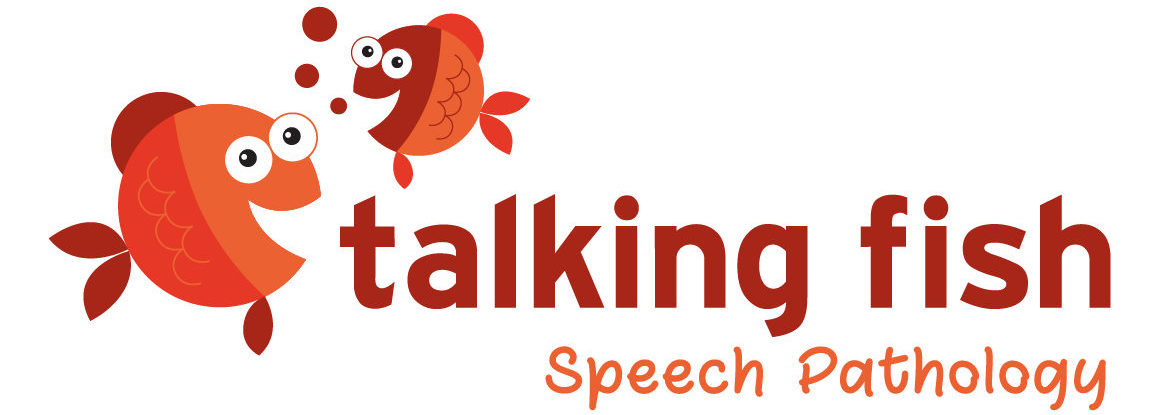It can be a concerning moment for any parent when they first notice their child experiencing disfluencies in their speech, often referred to as stuttering. While many children go through a period of typical developmental disfluencies, for some, these patterns can persist and become more pronounced. If you’ve found yourself wondering, “What do I do if my child starts stuttering?”, you’re not alone. At Talking Fish Speech Pathology, we’re here to guide you through understanding and addressing this common, yet often misunderstood, speech challenge.
First, it’s important to recognise that not all speech disruptions are the same. Many young children, particularly between the ages of 2 and 5, will experience periods of “normal disfluencies.” This might sound like repetitions of words or phrases (“I want, I want a cookie”), interjections (“um,” “uh”), or rephrasing sentences as they figure out what they want to say. This is a natural part of language development as their thoughts often outpace their verbal skills. These typically resolve on their own.
However, if you observe certain characteristics, it might indicate that your child is developing a stutter that requires closer attention. These red flags can include:
- Repetitions of sounds or syllables: (“c-c-c-cat,” “ba-ba-ball”)
- Prolongations of sounds: (“sssss-nake,” “mmmm-ilk”)
- Blocks: When no sound comes out for a moment, and the child appears to be struggling to speak.
- Physical tension or secondary behaviours: This could include eye blinks, facial tension, head movements, or visible struggle when trying to speak.
- Avoidance of certain words or situations: Your child might try to change words or avoid speaking in certain contexts.
- Frustration or negative reactions to their speech: They might express being upset or embarrassed about their stuttering.
- Stuttering that persists for six months or longer.
- A family history of stuttering.
So, what should you do if you notice these signs? The most crucial step is to remain calm and supportive. Your child’s emotional reaction to their speech is heavily influenced by yours. Here are some practical tips:
- Listen patiently: Give your child your full attention when they speak. Maintain natural eye contact and resist the urge to finish their sentences or rush them.
- Reduce pressure: Create a relaxed communication environment at home. Avoid asking too many rapid-fire questions or putting your child on the spot to speak.
- Slow down your own speech: Children are excellent imitators. Speaking at a slightly slower, more relaxed pace can subtly encourage your child to do the same.
- Use positive reinforcement: Praise your child for their communication attempts, focusing on the content of their message rather than the fluency of their speech.
- Don’t call attention to the stuttering: Avoid saying things like “slow down,” “take a deep breath,” or “think before you speak.” While well-intentioned, these comments can increase anxiety.
- Seek professional advice: This is perhaps the most important step. If you have any concerns, don’t hesitate to contact a speech pathologist. Early intervention is key in managing stuttering effectively. A speech pathologist can accurately assess whether your child’s disfluencies are developmental or indicate a more persistent stuttering pattern. They can also provide you with strategies and, if necessary, direct therapy for your child.
At Talking Fish Speech Pathology, we understand the complexities of childhood stuttering. We offer comprehensive assessments and evidence-based therapy approaches tailored to your child’s individual needs. Our goal is to empower children to become confident and effective communicators, and to support families through every step of their journey.
If you’re concerned about your child’s speech, please reach out to us. We’re here to help you navigate this, providing the expertise and compassionate care that makes all the difference.
